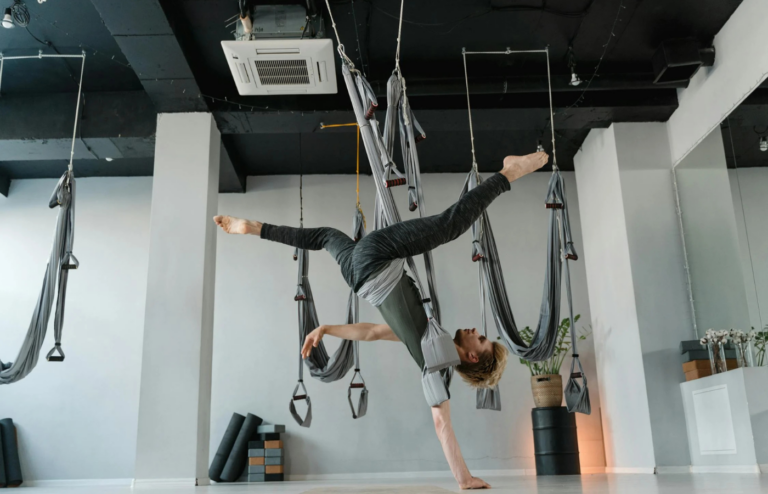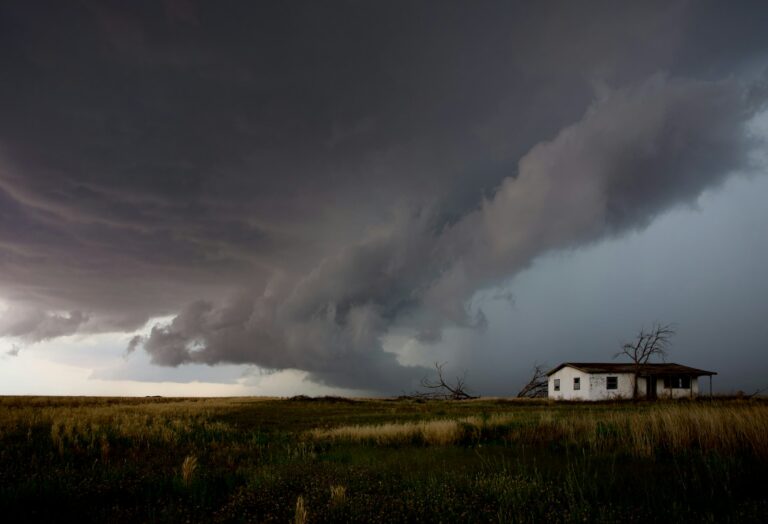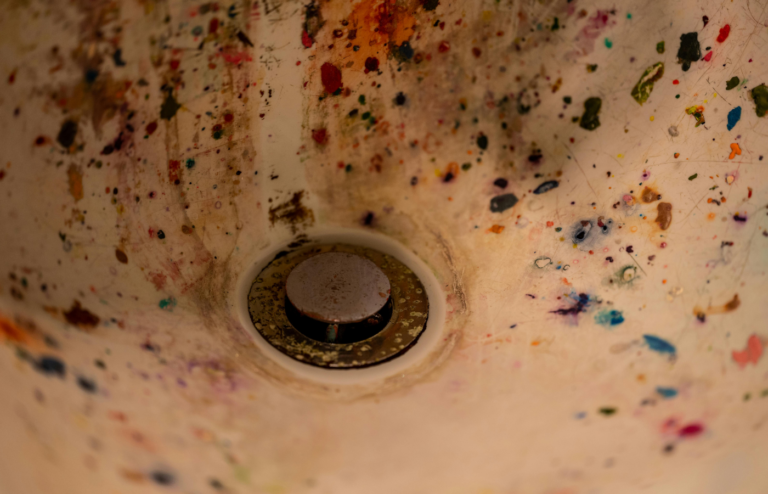You don’t need a bunker or a fat budget to prepare for emergencies. Some of the most effective prep steps are cheap or even free. It’s not about spending big. It’s about thinking smart and doing small things that pay off when disaster strikes.
Here are 10 low cost ways to make your home more disaster-ready.
1. Create a Go-Bag with Dollar Store Essentials
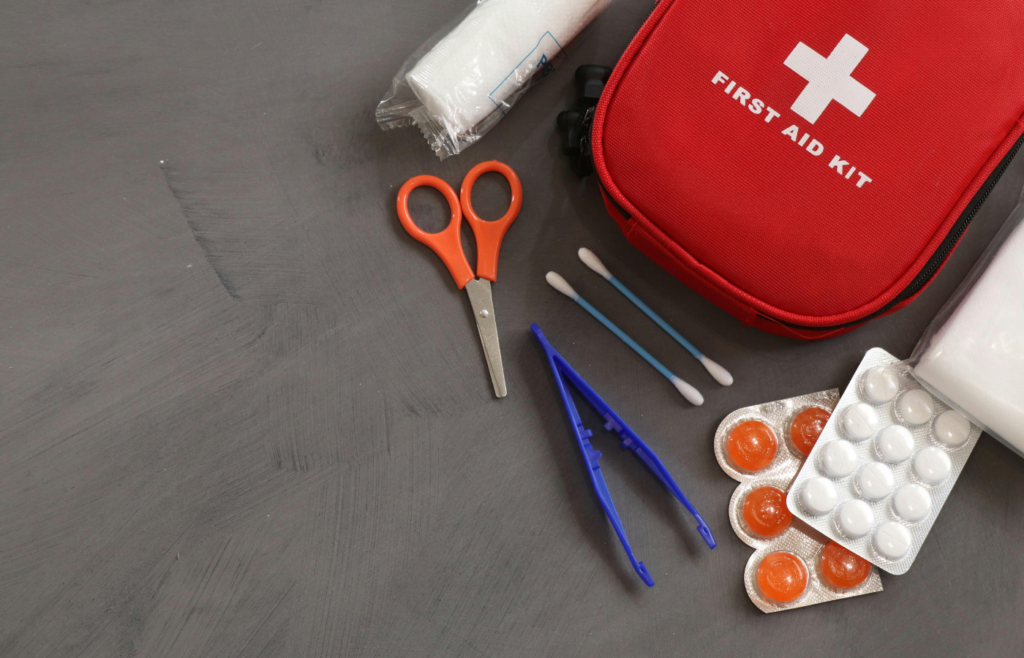
A simple backpack with emergency basics can make a big difference in a crisis. Grab affordable items like bandages, snacks, a flashlight, batteries, ponchos, and hygiene supplies from your local dollar store. Start small, build your kit over time, and keep it near your door for quick evacuation.
2. Store Tap Water in Reused Containers
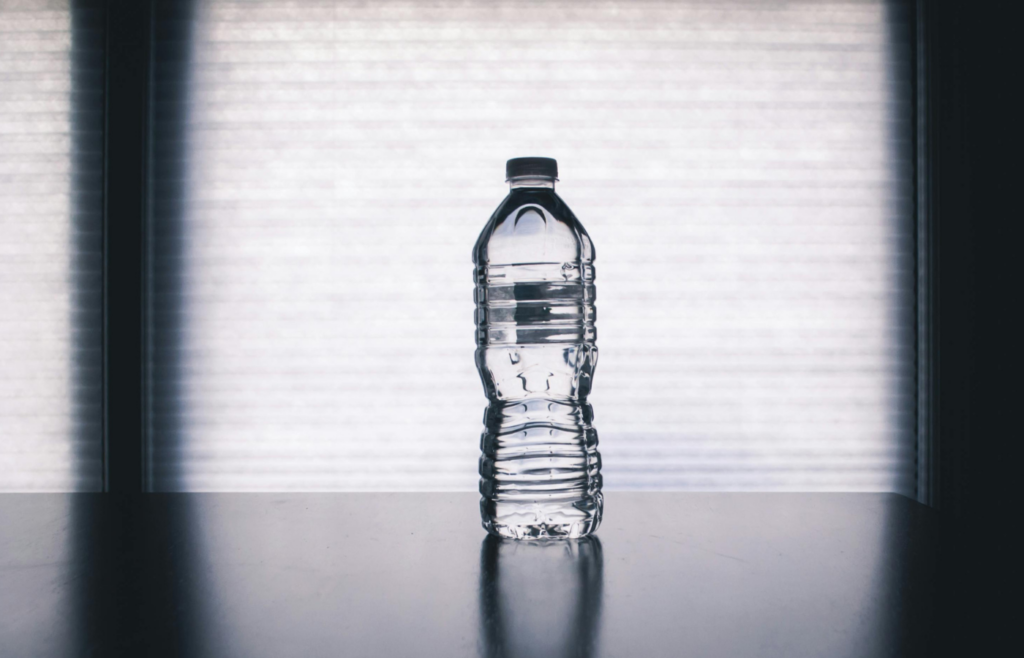
Water is survival priority number one, so start saving it now. Rinse and refill clean juice, soda, or milk jugs with tap water, then store them in a cool, dark place. Rotate every six months it’s nearly free and could be priceless in an emergency.
3. Make a Blackout Box
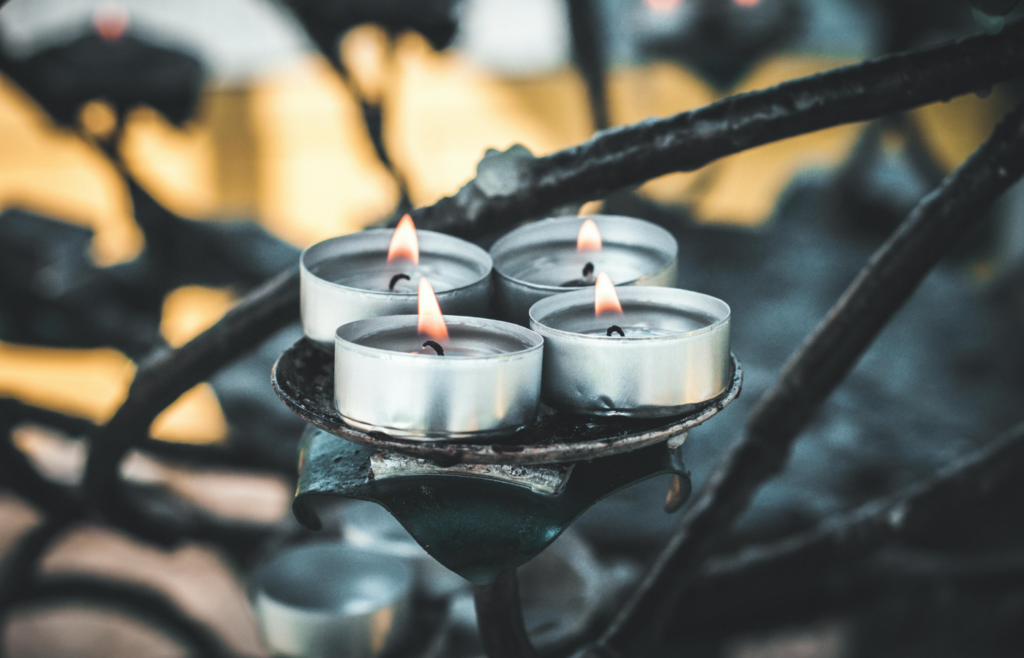
When the control goes out, misusing it in the dim wastes time and imperativeness. Make a control blackout unit with candles, matches, electric lights, sparkle sticks, and spare batteries, and store it in a clearly labeled box. Keep it a few put basic to get in fact in include up to lack of definition.
4. Practice an Emergency Drill with Your Household
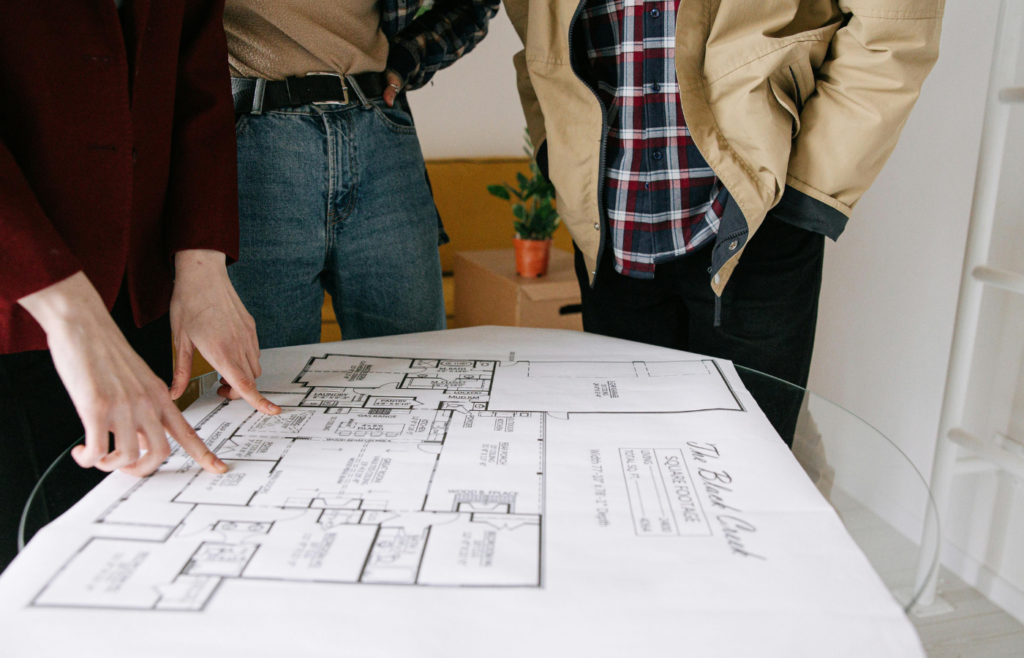
No gear can replace a good plan. Take a few minutes to walk through your home’s escape routes, choose a meeting point, and talk about what to do in a fire, storm, or blackout. It costs nothing but provides clarity and calm when it matters most.
5. Seal Important Documents in Zip Bags or a Binder
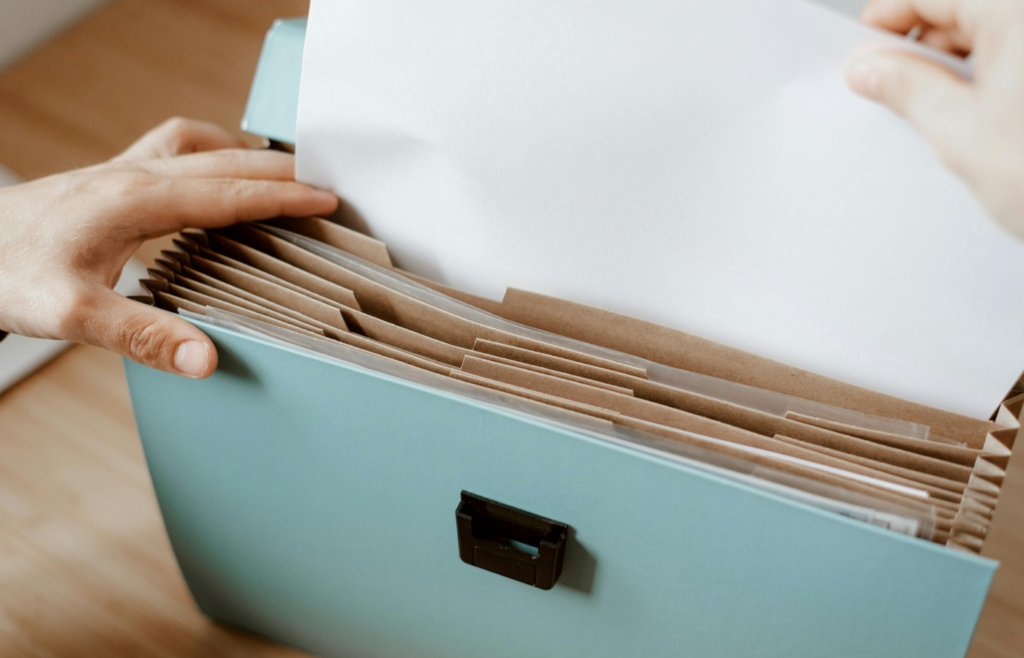
Important documents like birth certificates, IDs, and insurance papers can be lifesavers after a disaster. Protect them in plastic sleeves or freezer bags and store them in a portable binder. It’s a simple, low-cost step that can save a lot of stress later.
6. Install Draft Stoppers or Window Insulation Film
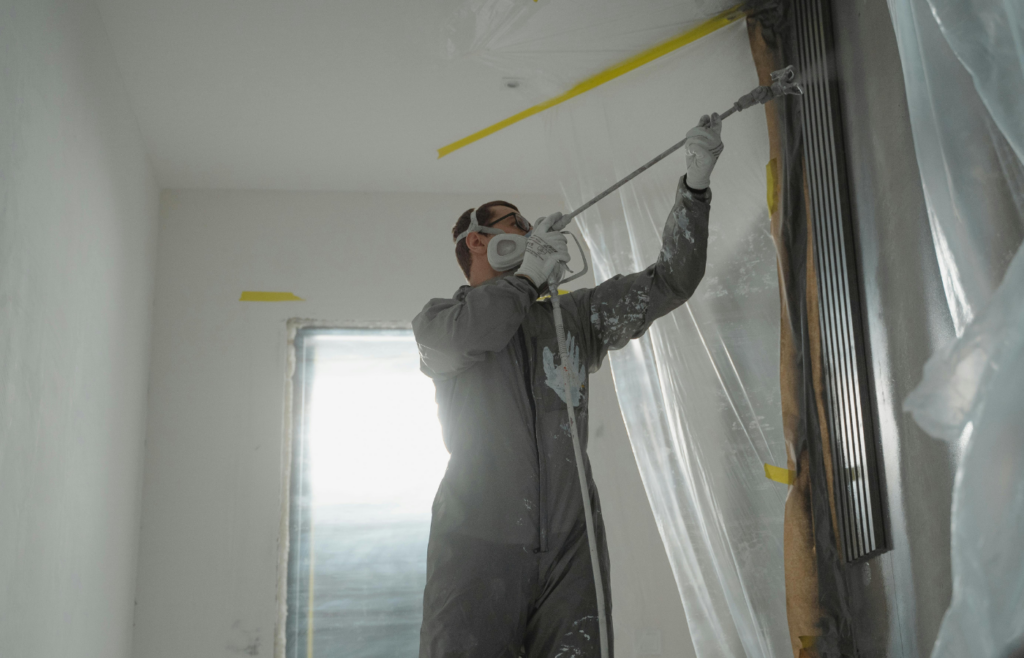
When the power’s out, staying warm becomes critical. Use towels, foam strips, or plastic wrap to block cold air around windows and doors. In colder months, a $20 window insulation kit can help preserve heat during an emergency.
7. Stash Emergency Cash in Small Bills

If the control goes out, ATMs and card perusers may be futile. Keep a little stash of cash primarily $1s and $5s covered up at domestic for basics like gas, nourishment, or supplies. Indeed $50 in little bills can make a huge contrast in a squeeze.
8. Organize Your Pantry for Emergency Rotation

You don’t need pricey survival food just stock up on canned goods and dry staples when they’re on sale. Use what you store and store what you eat, labeling items and rotating them so the oldest gets used first. Keeping it fresh keeps it ready.
Read More: Top 10 Power Alternatives When the Lights Go Out
9. Prep an Off-Grid Light Source
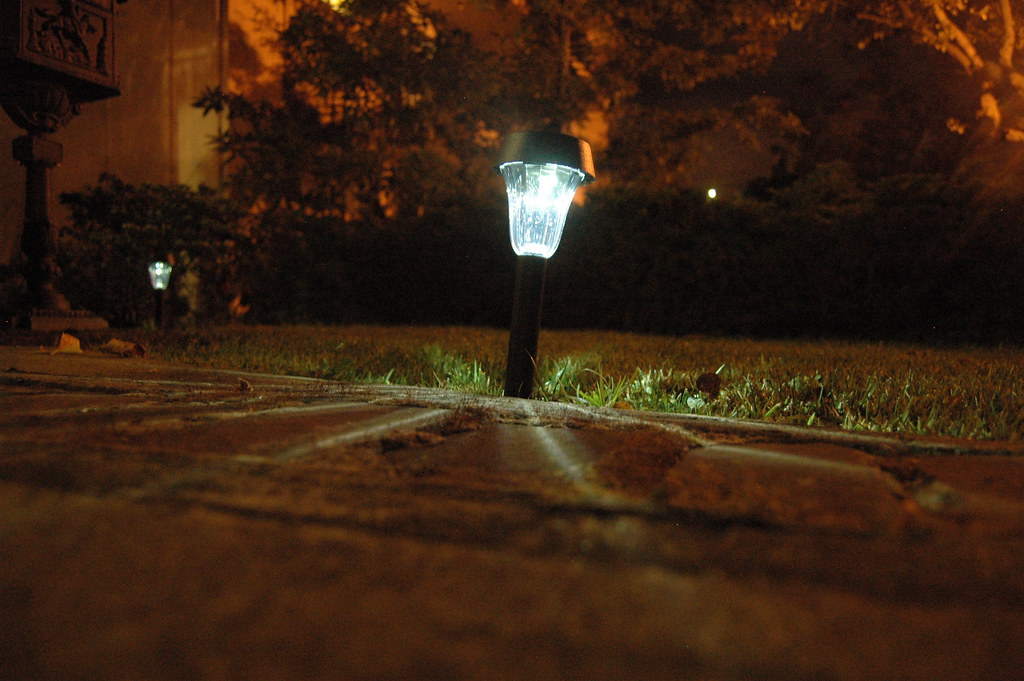
Buy a few solar path lights and bring them inside at night during a blackout they charge outside during the day. There’s no fire risk, no batteries to replace, and no ongoing cost. It’s a simple lighting hack most people overlook.
Read More: Top 10 Reasons More People Are Quietly Becoming Preppers
10. Learn Basic First Aid (Free Online or In-Person)
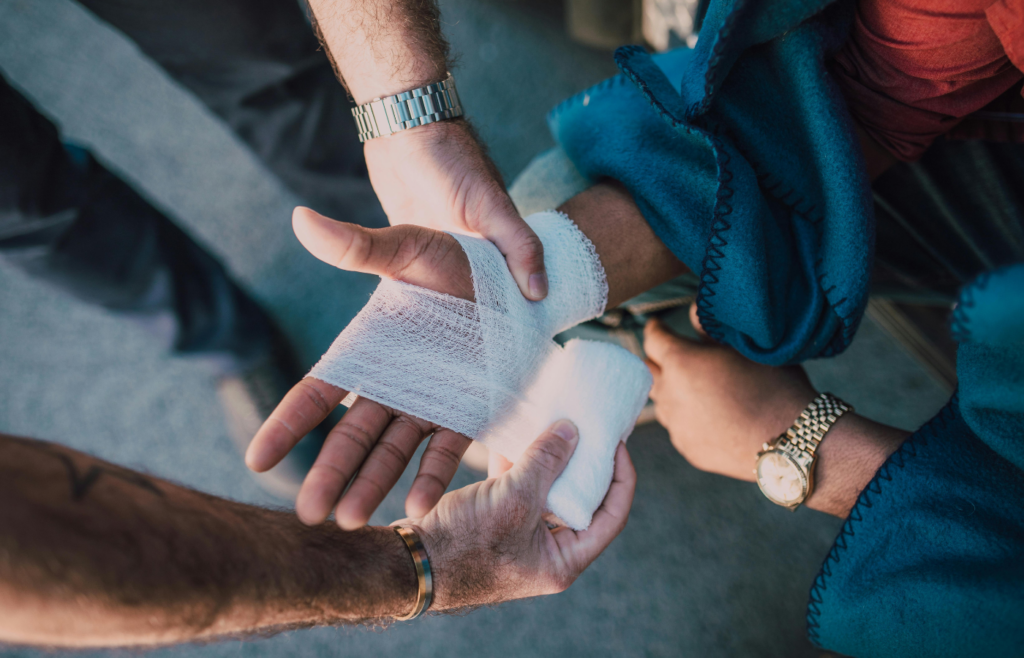
First aid knowledge is free to learn but it can save lives. Look up videos, local workshops, or Red Cross resources to learn basics like stopping bleeding, treating burns, or handling sprains. You don’t need a certificate just the will to learn.
You don’t need a bunker. You need a plan. These simple, low-cost moves can turn your home into a disaster-ready safe zone one smart step at a time. Start now, prep steadily, and you’ll be ready when the unexpected hits.
Read More: Top 10 Survival Gear Items That Are Surprisingly Affordable


